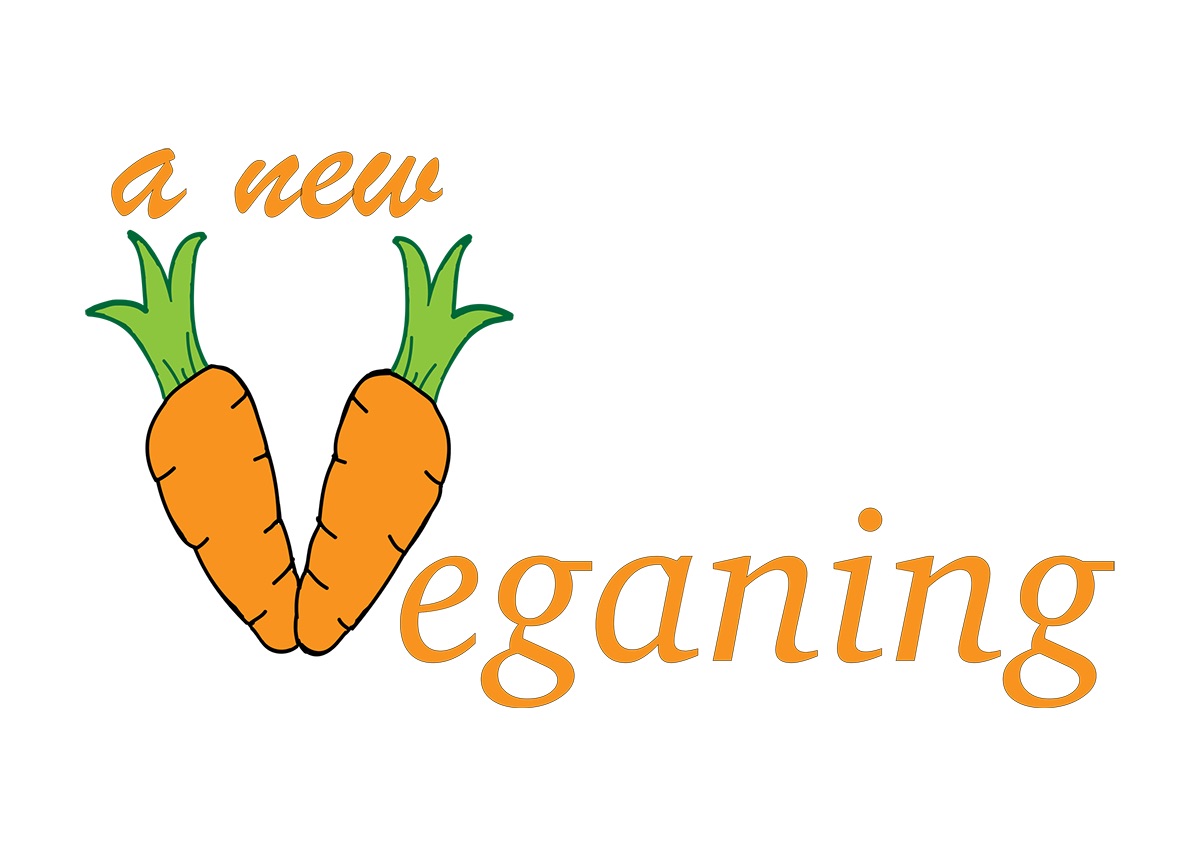A new veganing
Hunting is a common yet unnecessary ‘sport’ which is leading to the decline in animal populations
More stories from Emilee Wentland
My least favorite season is almost upon us, friends.
I am, of course, talking about the season of posting photos of dead animals on social media, more commonly known as hunting season.
Nothing screams “Instagram aesthetic goals” like camo jumpsuits and animal carcasses flooding your page (and my newsfeed). Not to mention the glorious captions about early-morning excursions with the family or how big your deer/doe/buck was, which often accompany the photos.
Before I was even vegetarian, I was always against hunting. I couldn’t even kill a bug in my bedroom, so you can bet I’d never be able to kill something as large as a deer or turkey.
I never understood the point, but I was never concerned considering it didn’t affect me. It still doesn’t directly affect me, however, hunting is harming animals.
Hunting has been around forever, and at one point it was considered necessary for survival; but that’s no longer the case. Nowadays, it’s done more so for recreation and sport rather than for food, according to the book “Science and the Endangered Species Act.”
In 2011, the United States Census reported more than 37 million Americans, or about 12 percent of the population, participated in either hunting or fishing activities. Compare that to actual sports such as baseball or football, which had more than 21 percent of the population participating in the same year, according to the Physical Activity Council.
A reason hunters use to justify their actions is the supposed issue of overpopulation. This argument is invalid. Natural selection ensures the weakest animals die out. Naturally. But hunters typically go for the biggest and strongest animals, according to peta2’s website.
“Even if overpopulation happened naturally to a group of animals, nature would work to regulate the population,” the same website stated. “Starvation and disease are tragic, but they are nature’s way of ensuring that the healthy, strong animals survive and maintain the strength of their herd.”
Additionally, hunting leads to an 83 percent reduction in mammal populations within 25 miles of common hunting points, according to TIME magazine. These hunting access points include roads and towns.
“The findings … come as researchers in the developing world expect hunters to gain access to new areas thanks to millions of miles of roads expected to open in the coming decades,” the TIME magazine article stated.
Another issue within the hunting community is trophy hunting.
Trophy hunting is the shooting of “big game” such as elephants, bears and lions with an official government license. This requires a large sum of money, as the licenses for this can amount to tens or even hundreds of thousands of dollars, according to Discover Wildlife’s website.
This “sport” has led to a decline in populations of highly sought-after animals.
“The steepest declines in lion populations occur in countries with the highest hunting intensity,” Discover Wildlife wrote.
Of course, not everyone who hunts in small-town Wisconsin, for example, is going to — or even wants to — trophy hunt. In fact, 86 percent of Americans polled said they are against “big game” hunting, according to the Washington Post.
Hunting and reasoning aside, I’ve never understood posting the photos. Showing off your kill is depicting the once-living thing as some sort of trophy or prize, and that’s ridiculous. Anything involving pride towards causing pain or death to another living thing is disgusting and under no circumstance will I support it.

